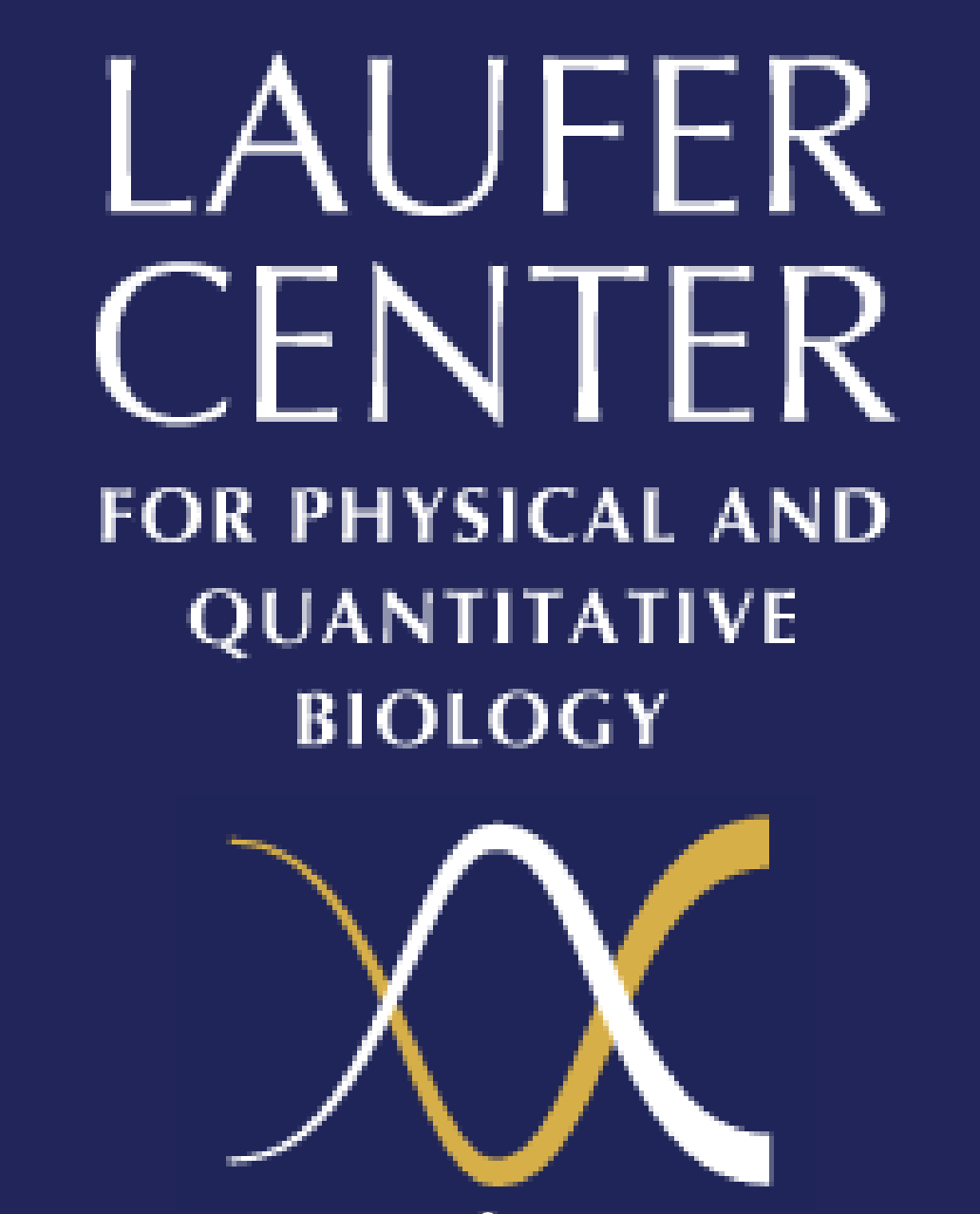Events Calendar
Professor
Departments of Computer Science and Physics
Virginia Tech
The nucleosome, a complex of 147 base-pairs of DNA with eight histone proteins, must protect its DNA, but, at the same time, allow on-demand access to it when needed by the cell. The exact mechanism of the control remain unclear.
A simplified electrostatic model of the nucleosome reveals that at physiological conditions the complex is close to the phase boundary separating it from the “unwrapped" states where the DNA is more accessible. A small drop in the positive charge (e.g. through acetylation of a lysine) of the globular histone core can significantly lower the DNA affinity to the core, and thus increase DNA accessibility. The findings suggest that charge-altering post-translational modifications in the histone core might be utilized by the cell to modulate accessibility to its DNA at the nucleosome level.
A follow-up, detailed multi-state atomistic model explores virtually all possible charge-altering post-translational modifications (PTMs) in the globular histone core. The model reveals a rich and nuanced picture: the effect of PTMs varies greatly depending on location, including counter-intuitive trends such as decrease of DNA accessibility for some lysine acetylations in the core. A detailed connection to transcription regulation in-vivo is made.


